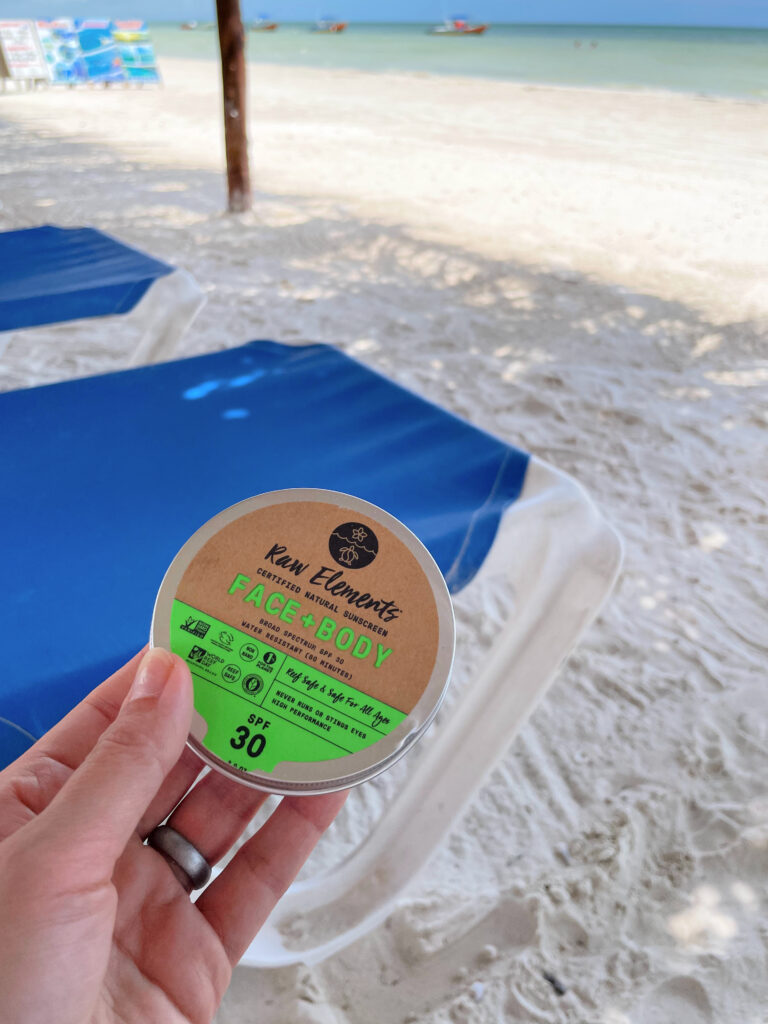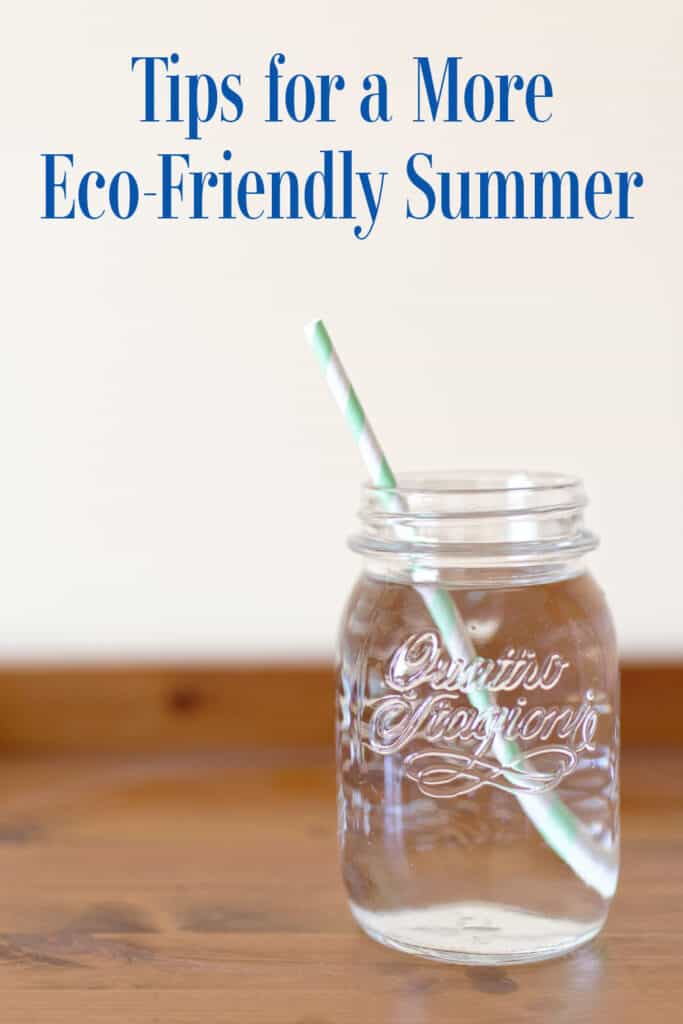When we travel, we try to make an effort to be eco-friendly as possible. Many of our vacations are to somewhere warm and sunny, where we enjoy swimming. We were thrilled to learn about reef-safe sunscreen products years ago when we were swimming in a sea turtle sanctuary. Traditional sunscreens usually contain many chemicals, and reef-safe sunscreen is better for both you and the environment.
Here’s how to make traveling with reef-safe sunscreen simple and effective.
Do Your Research
Many resorts and swimming areas require reef-safe sunscreens, so it is wise to look for products that are labeled specifically “reef safe”.
Check the label for mineral-based ingredients such as zinc oxide and titanium dioxide, which provide natural protection without damaging coral reefs. Avoid sunscreens that list harmful or nano chemicals, so that you are not putting anything harmful on your skin or in the environment.
Buy Ahead of Time
Not all destinations sell reef-safe sunscreen, especially smaller islands or remote coastal areas. You will save money by purchasing in advance, and this way you also know that you are getting a good quality product. For example, resorts may not let you in the water without purchasing their own brand of sunscreen, so you can save the hassle by shopping beforehand.
Pack the Right Type for Your Trip
Reef safe sunscreens come in a variety of forms. For air travel, sticks and solid formulas are convenient because they will not count toward your liquid allowance. Sprays may have undesirable ingredients in them, so read labels carefully.
If you prefer lotion, make sure your bottle is under 3.4 ounces so it can go in your carry-on. You can always pack a larger bottle in your checked luggage for longer stays.

Apply Before Exposure
Follow the instructions on the sunscreen, which usually recommends in advance of exposure to sun or water.
To minimize sunscreen washing off into the ocean, apply it at least 15 minutes before swimming. This allows your skin to absorb it and reduces runoff.
Also, pair your reef-safe sunscreen with protective clothing, such as rash guards and wide-brimmed hats, to further limit how much product you need to use.
Store It Properly While Traveling
Heat and sunlight can break down sunscreen ingredients over time, so keep your bottle in a cool, shaded spot. If you’re spending the day outdoors, store it in a beach bag with a towel wrapped around it, or use a small cooler bag to maintain its integrity.
Think About Other Eco-Friendly Actions
Choosing reef-safe sunscreen is a great way to contribute towards the wellness of the planet. While you plan your trip and during your travels, consider other ways to reduce






I only use reef-safe sunscreen. I need to check out this brand.
Ooo I need to be sure to get this sunscreen. It sounds amazing and I do want to protect the planet.
I’ll be honest and say that I had never thought about reef-safe sunscreen before! Thanks so much for sharing this info with us.
I think it’s so important to have on sunscreen. I had never heard about reef safe before though. I’m checking this out.